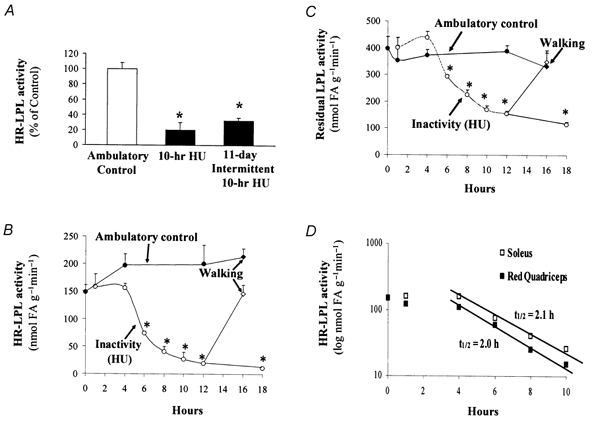Figure 1. Time course for the decrease in muscle LPL activity after inactivity (hindlimb unloading, HU) compared with low-intensity ambulatory activity.

Soleus HR-LPL activity was decreased after acute (1 day for 10 h, n = 3) or chronic (11 days of 10 h day−1, n = 8) HU (A). The time course of HR-LPL (B) and intracellular LPL (C) activities in soleus muscle within the first 18 h of HU revealed a delay of ≈4 h and then a precipitous decrease (n = 3–5). Restoring contractile activity for 4 h reversed the decrease in muscle LPL induced by 12 h inactivity. Control rats with normal cage activity (n = 5) and 12 h hindlimb unloaded rats (n = 20) were subjected to 4 h of intermittent treadmill walking (30 min intervals at 8 m min−1 four times separated by 30 min of ‘free in the cage’) and compared with rats with normal ambulatory activity or after 12 h HU. A direct comparison of the time course in the red oxidative slow twitch (soleus) and fast twitch (red quadriceps, RQ) muscles is shown (D). The half-life of LPL activity was calculated from 4 to 10 h using t1/2 = ln 2/k, where k = −1n (A(t)/A(0))/t. The average k calculated from 4 to 10 h was 0.334 for soleus and 0.341 for RQ. *P < 0.01 between HU and control.
